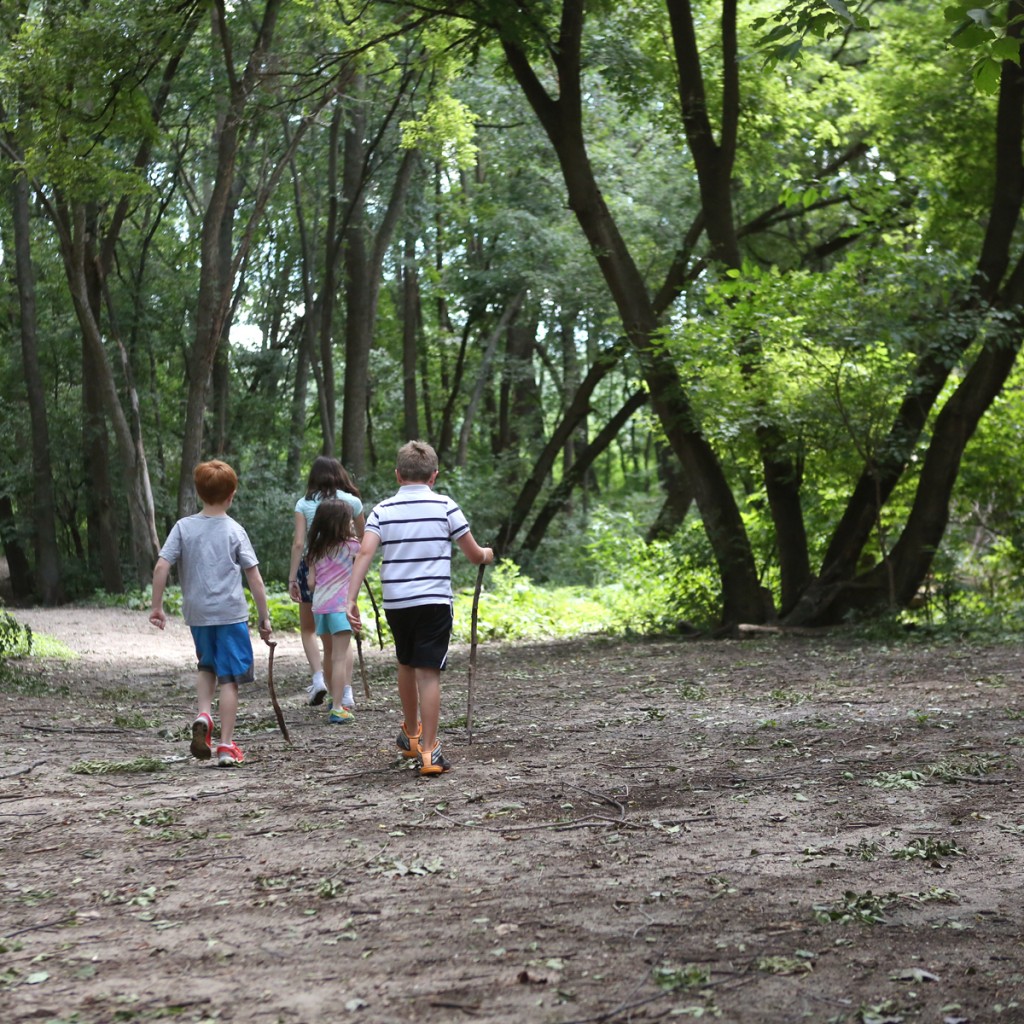


The site represents one of the best sites for fossil carnivores in Europe because of the unique circumstances under which it is thought to have formed. Since its discovery, field work at the site for more than 10 years has yielded more than 1800 fossil bones from at least 18 species of extinct large animals. People living in the area had no idea there has been a large pit there at all because it was filled prior to modern humans occupying the region.īut some curious scientist found a cluster of fossils, which, upon further examination, they came to realize were the remains of an ancient natural pitfall trap. This trap is so old that it has become completely filled with sediments and bones. Such is the case of a natural pitfall trap in Spain. Thousands of remains of Ice Age animals are found in the sediments at the base of this opening to the surface. Over years, decades, and even tens of thousands of years, remains of animals and sediments in the trap accumulate preserving a chronology of historical events that we can read today. The image below is from inside a famous natural pitfall trap in Wyoming. The surface above is rather flat and prey running from a predator sometimes fall into this hole or prey smelling the decaying remains of dead accident victims may lean over too far for a closer look and fall in themselves. Collapsed caves can leave entry holes on the surface that become hazards to local fauna.
#PITFALL TRAP PEOPLE SERIES#
You can learn a lot from a series of unfortunate events.


 0 kommentar(er)
0 kommentar(er)
